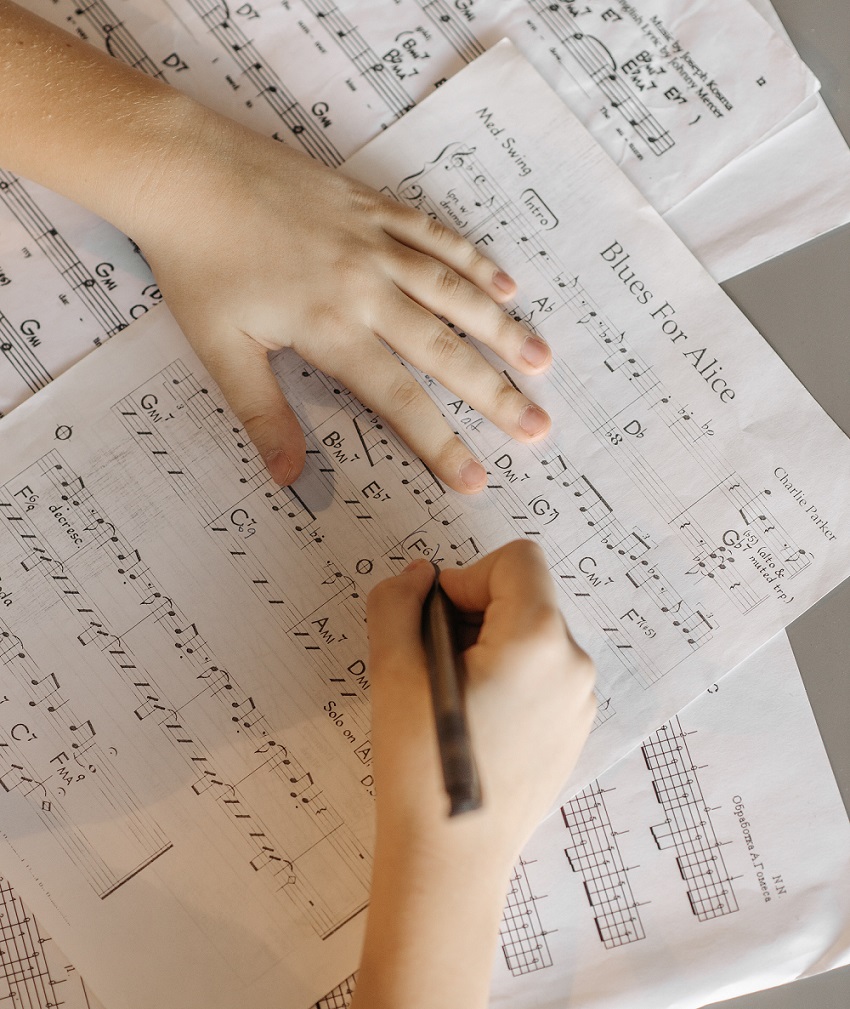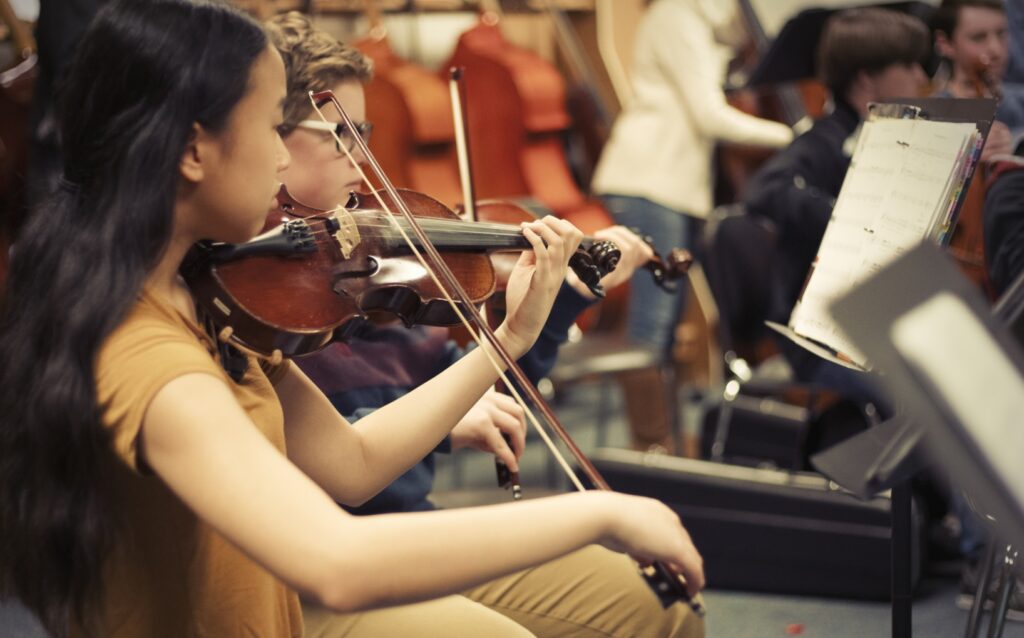Observing Score Details
Students must go beyond the initial stages of learning and incorporate score details made by the composer to bring a piece to life.
Students often focus on accuracy of pitches and rhythms because they want their playing to sound correct, and achieving this type of precision can provide them with a sense of success.
However, a successful performance does not begin and end with correct pitches and rhythms. Students must go beyond the initial stages of learning and incorporate other score indications made by the composer in order to bring a piece to life. Some of the most common interpretational details that students overlook are dynamics, pedaling, articulation, tempo markings and tempo changes. Without these aspects of musical understanding, a performance can lack character and expression.
It is also important to note that there are some score details related to accuracy of pitches and rhythm that students can overlook. The most common elements are accidentals and rests. It is crucial that these errors are prevented from the beginning stages of learning a piece as they can be difficult to correct when polishing repertoire for a performance.
In this article, we will look at some ways to help students observe all score indications so that they can create successful and artistic performances of repertoire that are true to the composers’ intentions.
Don’t Wait Until the Final Stages of Learning
 Sometimes we can get in a rut of making sure all pitches and rhythms are correct before adding the expressive layers of dynamics, articulation and other interpretative devices. However, if we wait until the final stages of learning, it can be too late. By this time, our students’ habits for a particular piece are already ingrained in their minds and muscle memory, and they may not be able to make the changes consistently and successfully to their playing.
Sometimes we can get in a rut of making sure all pitches and rhythms are correct before adding the expressive layers of dynamics, articulation and other interpretative devices. However, if we wait until the final stages of learning, it can be too late. By this time, our students’ habits for a particular piece are already ingrained in their minds and muscle memory, and they may not be able to make the changes consistently and successfully to their playing.
Therefore, I often like to include some of these details in the early stages of learning. In essence, it involves incorporating the details into the student’s original conception of the piece early on rather than adding them in (sometimes weeks) later. When students are first learning a piece, I have them sing the melody line before they actually play it. I find this early stage an excellent opportunity to incorporate articulation and possibly even some rudimentary dynamic levels. That way, when they take it to the piano, they are already thinking of the melody line with the appropriate articulation and dynamic variation, and it does not have to be added during a later lesson. Watch this type of sequencing in this video.
Don’t Do Too Much at Once
While it is important not to wait until the last minute to add interpretational aspects of a performance, it can also be difficult for students to absorb everything in the early stages of learning. It is crucial for teachers to plan out when it is most appropriate to introduce certain musical characteristics of the piece and to sequence these elements accordingly. For example, if an elementary-level student has not used the damper pedal in their playing a lot, you may want to have them focus on developing dynamic contrast in their first weeks of learning a piece before adding the use of the pedal. Another example is if a piece has a tricky rhythm and a lot of accidentals, you will want to ensure that those fundamentals are secure before moving on to other musical aspects of the piece.
Don’t Rely on Repetition
Repetition can be a great way to help a student establish a change in their playing or learn something new, but it is not the only way. Mindless repetition can be boring. Without being intentional about what must be changed or fixed, it can be a waste of time.
 Prior to asking students to “drill” a passage a certain number of times, make sure they can play it accurately and independently. A helpful way to make sure this happens is by assisting them with mental study. Create a copy of their score and then have them use colored pencils, markers or digital ink to annotate the music and highlight certain score details that they may easily forget. By having the students write in the scores themselves, they are more likely to remember those specific musical markings. By using different colors, there is a higher chance they will accurately visualize the score without having the physical book in front of them.
Prior to asking students to “drill” a passage a certain number of times, make sure they can play it accurately and independently. A helpful way to make sure this happens is by assisting them with mental study. Create a copy of their score and then have them use colored pencils, markers or digital ink to annotate the music and highlight certain score details that they may easily forget. By having the students write in the scores themselves, they are more likely to remember those specific musical markings. By using different colors, there is a higher chance they will accurately visualize the score without having the physical book in front of them.
For things like tempo changes, you may want to try singing and conducting with the student away from the piano. This will help them to internalize the change of speed and how it can be musically incorporated into their performance.
We can help students be thoughtful and observant musicians by paying close attention to musical scores. This will help them learn to capture the character and mood of pieces as well as adhere to the intentions of the composer. By sequencing our introduction of these musical elements and finding creative ways to in















